Halloween, All Saints’ Day, the Day of the Dead. Each country has its own traditions when it comes to celebrating this time of the year, and the members of the Musement team tell us theirs.
Halloween, All Saints’ Day, the Day of the Dead… each country has its own traditions to celebrate this time of year which coincides with the Catholic holy days of All Saints’ Day and the Day of the Dead, as well as with Halloween, which has Celtic origins and is much celebrated in the Anglo-Saxon world. In Celtic tradition, this marks the period of the last harvest and is therefore the end of the year. As the outgoing year approaches the upcoming one, the veil between worlds gets thinner, and the spirits are able to cross the border and prowl undisturbed among humans – therefore people dress up in costumes. In contrast, the Catholic tradition is dedicated to the memory of the deceased on the Day of the Dead (2 November), which anthropologist James Frazer believes was created to form a continuity with the pagan festival of Samhain. In Italy this tradition coincides with cemetery visits to lay flowers on the graves of deceased loved ones. Accompanying this are different culinary traditions that vary from region to region.
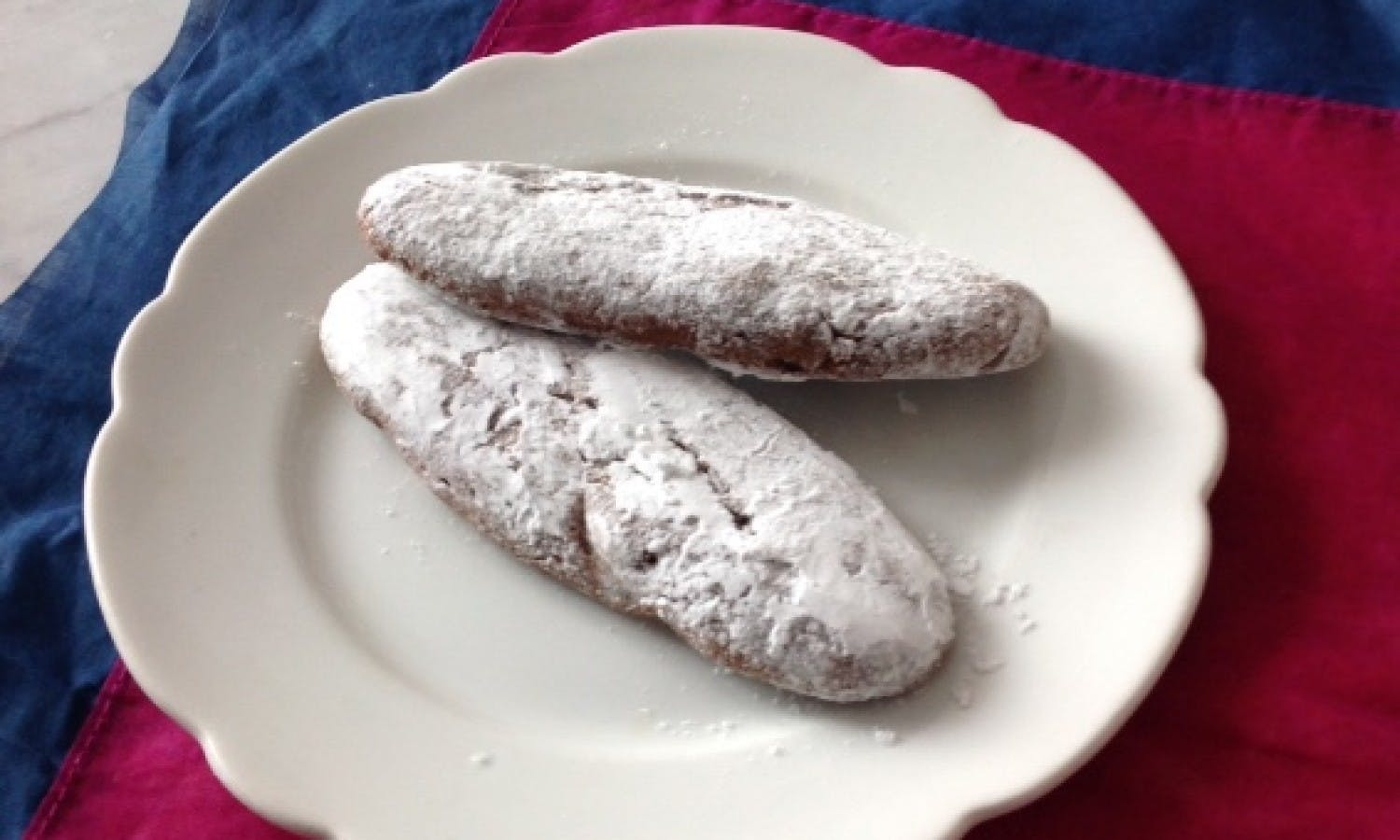
Pan dei Morti
As a child, I used to accompany my mother to buy bread for dinner. One afternoon towards the middle of October, I noticed a slightly elongated oval pastry among the buns and classic pastries; it might seem like a biscuit, but a careful eye could see the presence of small cracks, signs of a softer consistency than that of a biscuit. Finally, its dark color signified the presence of cocoa. “Mom, can we get this to eat after dinner?”
It was the Pan dei Morti (Bread of the Dead), a cake made with dried fruit, spices, cocoa and vin santo, prepared and eaten to honor the dead, who according to the people of Milan, would peep into the windows of bakeries in the days leading up to All Saints’ Day and the Day of the Dead.
Just yesterday I ate my yearly “Bread of the Dead”. Immediately after leaving the bakery, I pulled it out of the white paper bag and started biting into it while sheltering myself from the rain at the bus stop.
I’m not the only who celebrates this time of the year by eating: the Musement team is a melting pot of people from all over the world, and each one of them has a different tradition to share.
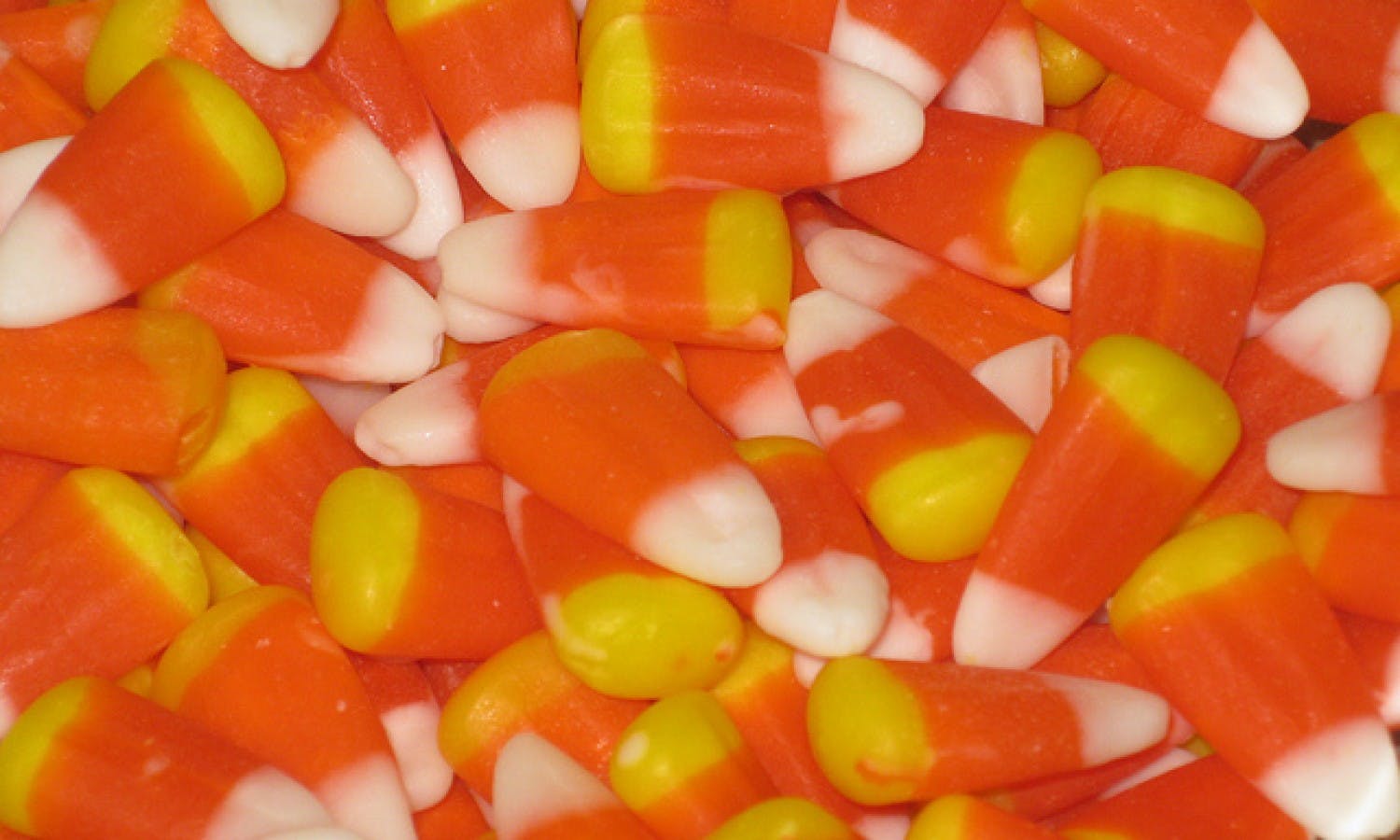
Candy Corns – The Lamb Family
Jackie (Editorial Content Manager) is from New York, USA, where Halloween is definitely a very heartfelt celebration: there is no shortage of parades through the streets and celebrities who celebrate with complicated and elaborate costumes (each year I eagerly wait to see Heidi Klum’s new costume). Jackie told me her sweet and personal Halloween tradition: eating Candy Corns while waiting for the kids who knocking on the door asking for “trick or treat?” Candy Corns are triangular-shaped candy made from honey and corn syrup (which is very sweet, but surprisingly healthy) offered for sale in supermarkets starting from the middle of October. They’re characterized by their orange color – typical of Halloween – and their origin makes them even more mysterious: to date, no one knows who invented them.
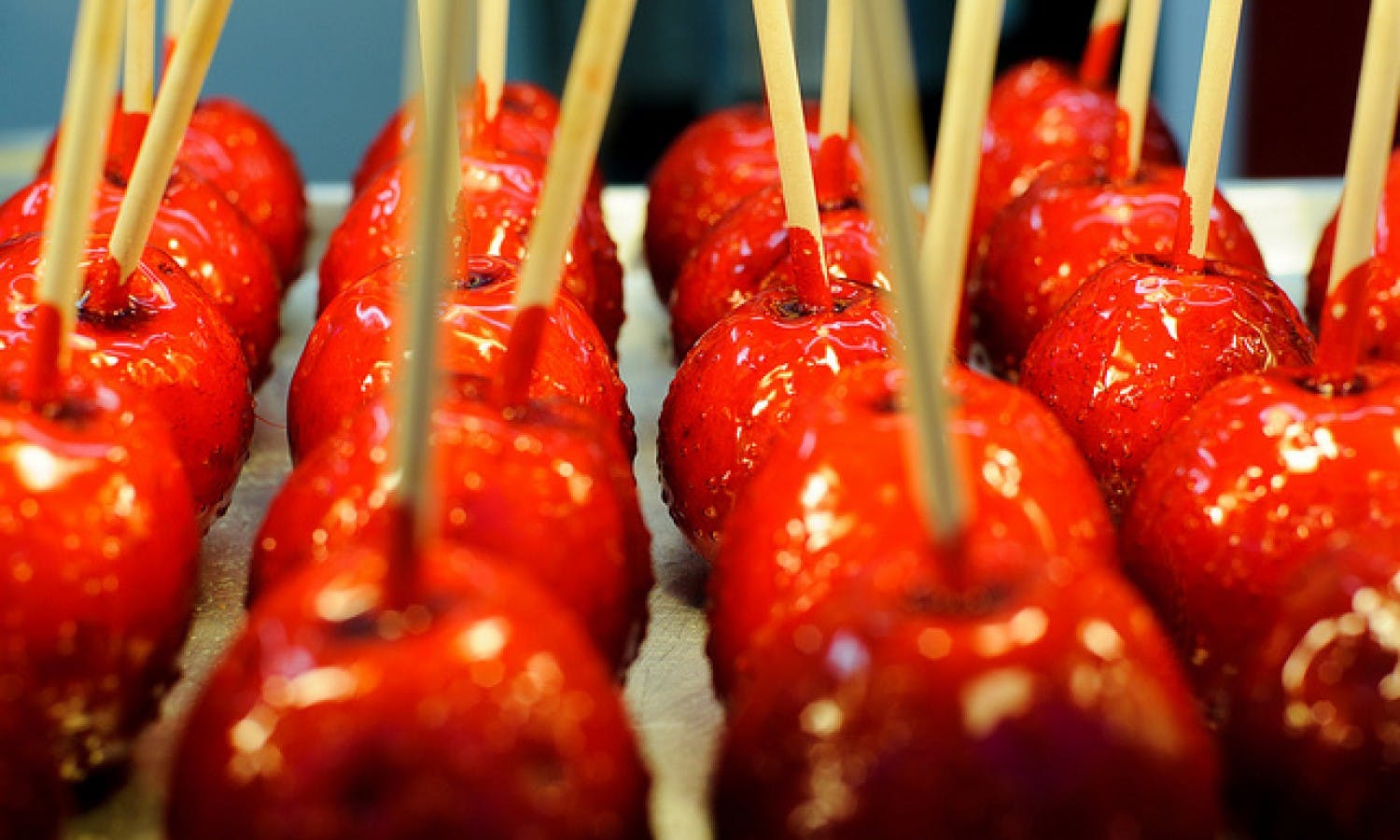
Candy Apples – Eric Kilby
Lucia (Head of Paid Media) is from London, England, and she told me that when she thinks of Halloween in London, three things come to mind: the cold, the decorations and people dressed up in the subway, and the unmistakable aroma of Candy Apples. These are apples coated in sugar or molasses and colored bright red. In the English tradition, magical powers were attributed to apples and the Celts used them for their own divination games, performed precisely on the night of Halloween. Lucia told me that it’s common to eat Candy Apples even during Bonfire Night on 5 November, when Guy Fawkes is celebrated.
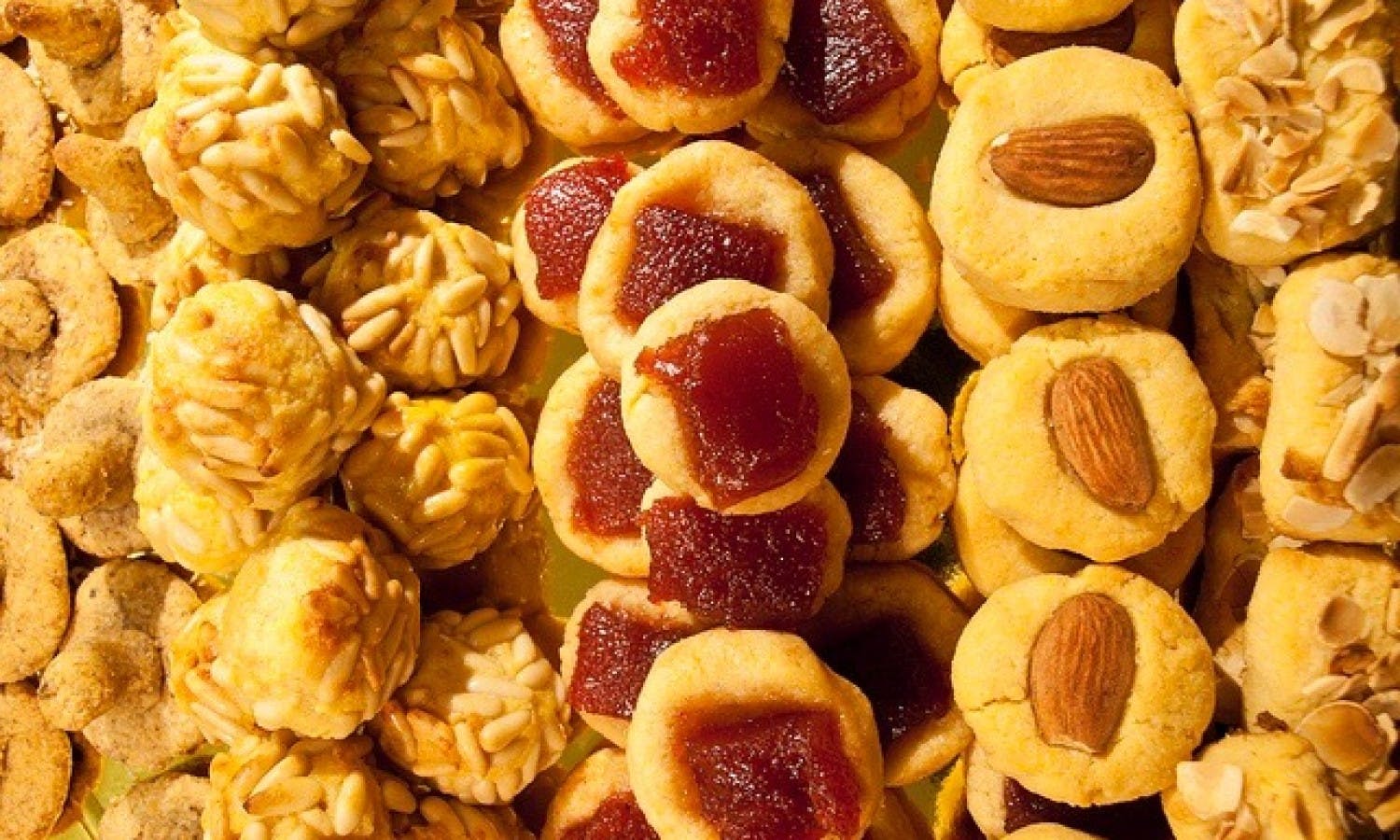
Panellets – jqmj (Queralt)
Lidia (Head of SEO) comes from a town just outside of Barcelona, Spain, and she tells me that every year at her home, her family prepares the table in honor of All Saints’ Day.
On 31 October, they prepare a dinner with chestnuts and sweet potatoes and finish the meal with muscatell (a sweet dessert wine) along with Panellets and Huesos de Santo (Saint’s Bones). The Panellets are traditional sweets made from marzipan from the Catalunya and the Balearic Islands; they come in different flavors and shapes, such as mushroom and chestnut and strips filled with quince. During the 18th century these were sold along with chestnuts and sweet wine at fairs for All Saints’ Day. The Huesos de Santo are made of marzipan as well, but look like small custard-filled cannoli. But there’s no doubt: Panellets are Lidia’s favorite.
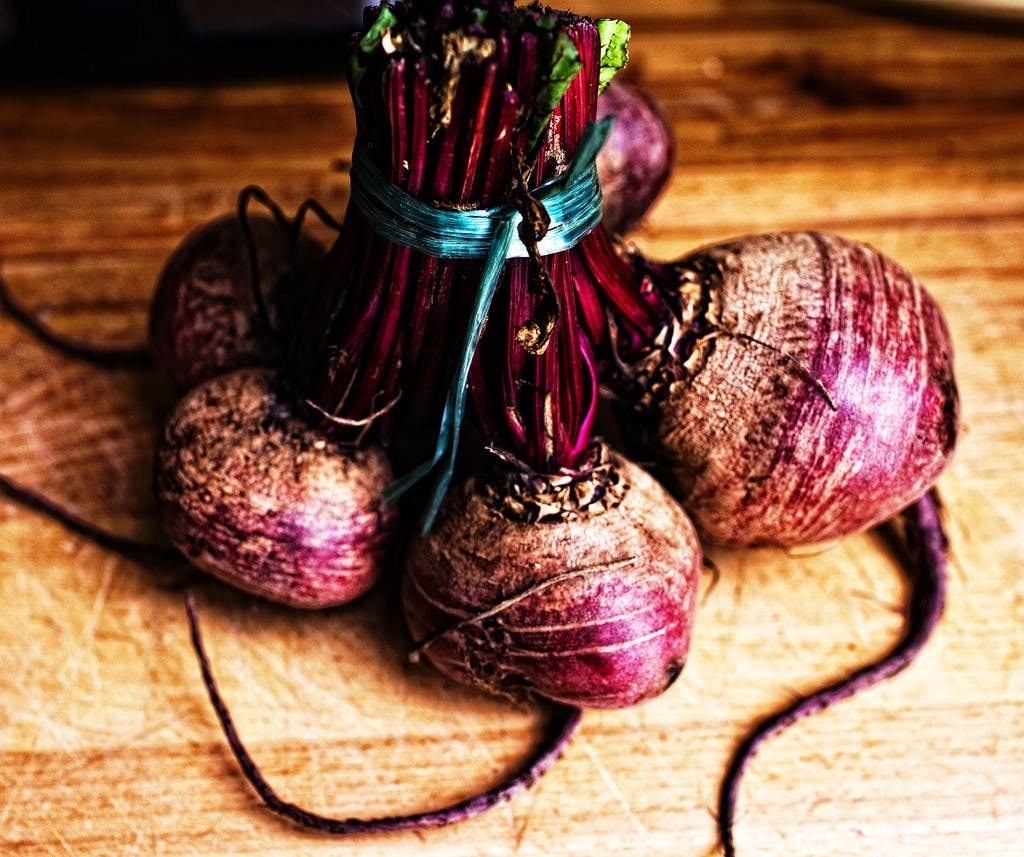
Carambar, photo credits: Simon A. Eugster
Despite being from Lyon, France, where none of these traditions are particularly strong, Caroline (Web Content Creator) likes to celebrate Halloween with her children. She makes Carambar, France’s most popular candy comprised of cocoa and caramel. Legend has it that these owe their characteristic shape to a machine malfunction in the factory in which they were created. Caroline fills purple and orange socks with homemade Carambar and scary dolls; she gifts them to her children who eat the sweets with her (she goes crazy for sweets!) on the morning of 1 November.

Pan de Muertos – J.P. C.
Mauricio (Content and Account Curator) is from San Antonio, Texas, but has Mexican origins. He told me that in Mexico the celebration of Dia de los Muertos, the Day of the Dead, is deeply felt and his family is no exception. They honor 2 November by going to the cemetery to lay flowers on the graves of their loved ones and build an altar in their memory at home. He also prepares a meal that includes the favorite foods of the deceased who are being commemorated (tradition has it that the deceased, during the Dìa de los Muertos, sit at the table with their living relatives) as well as the Pan de Muertos (Bread of the Dead) which is placed on the altar. Pan de Muertos is a sweet loaf made from aniseed and orange flower water and covered with sugar; it is characterized by its rounded shape and is decorated with pieces of dough in the shape.
